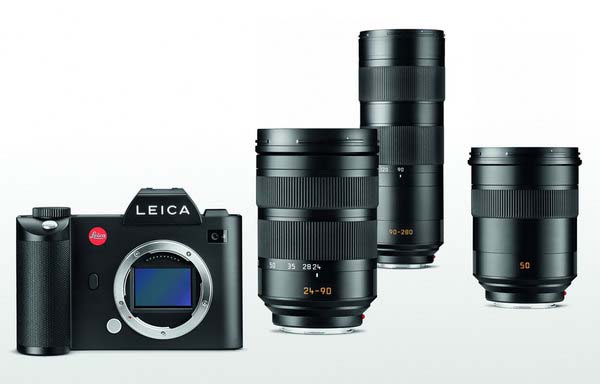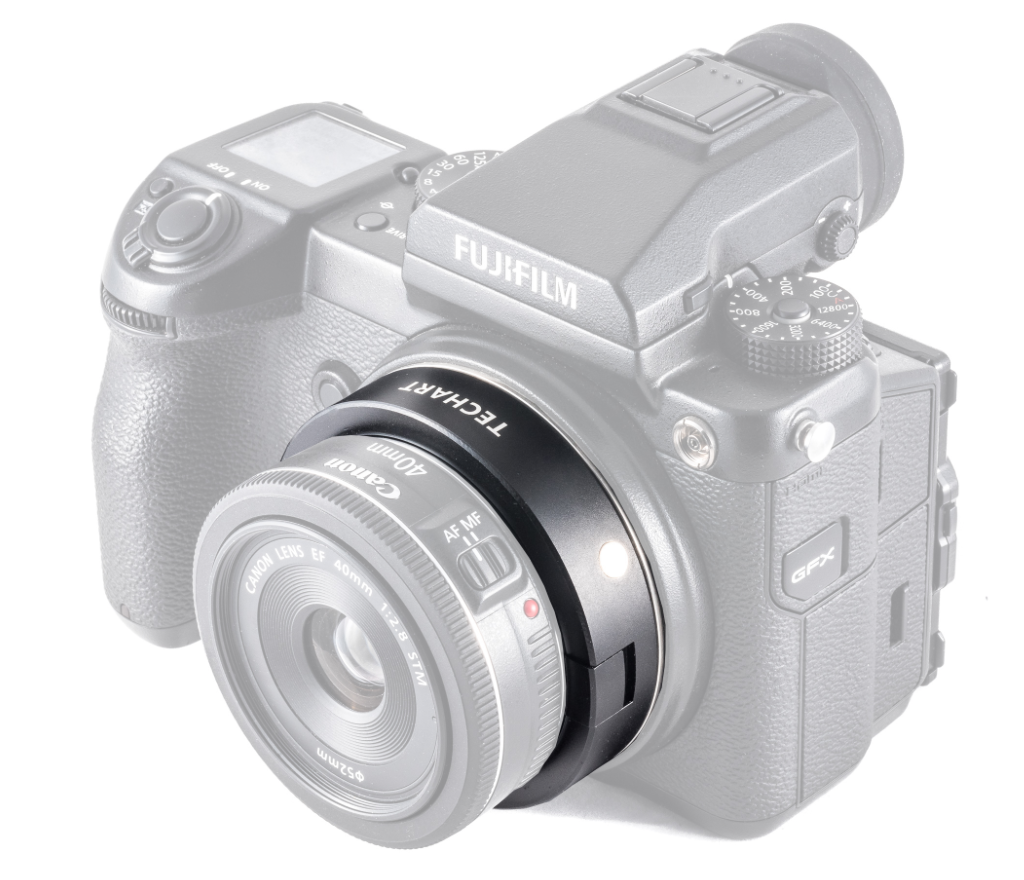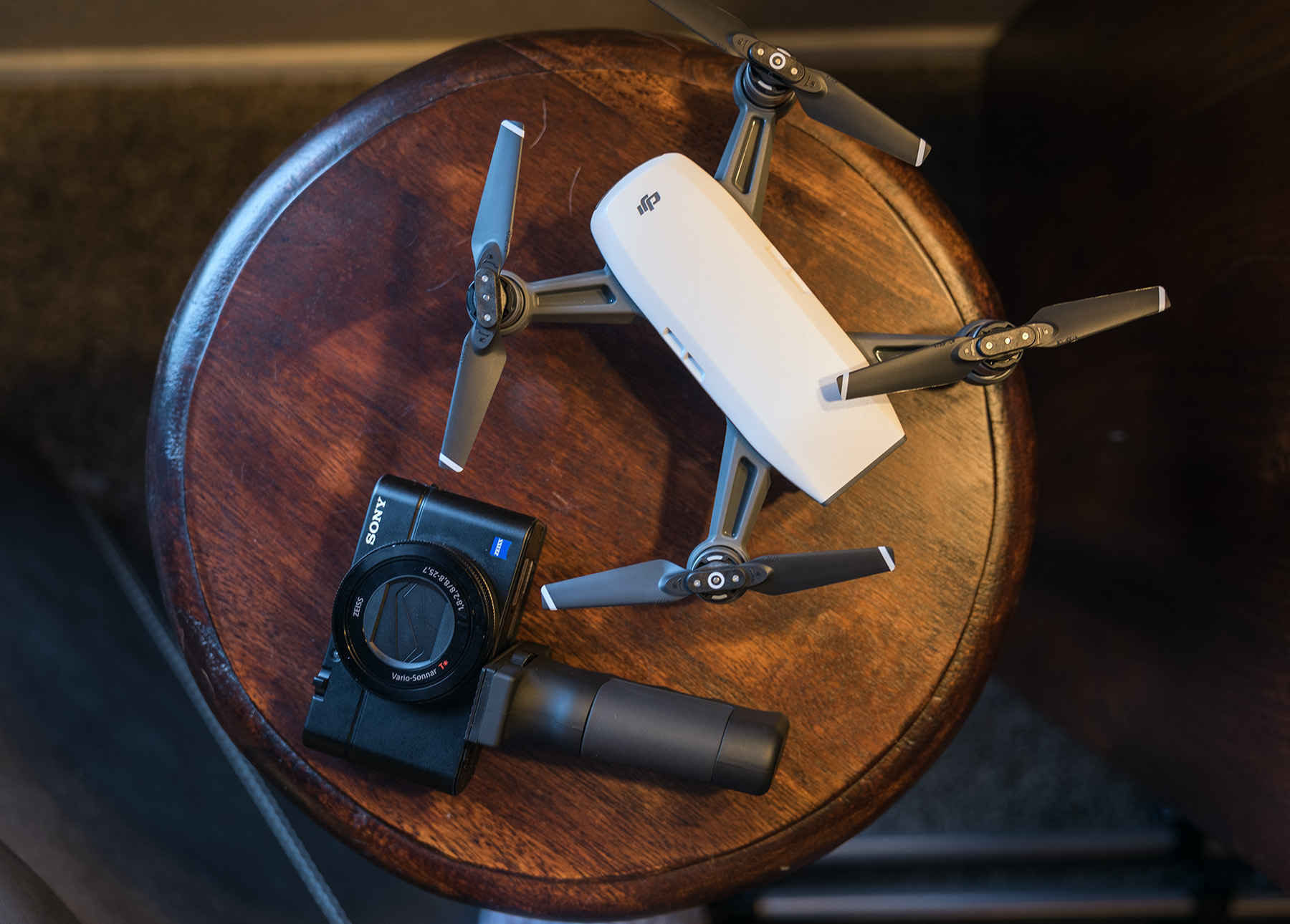Leica Heads for the Stars
The Leica SL mirrorless camera plays important role in a NASA space mission
September 16, 2016 – Leica in space: on August 17, 2016, a sounding rocket from the RockSat-X program launched from the NASA Wallops Flight Facility (Virginia, USA). On board was a Leica SL camera.
The payload of the rocket consisted of a number of modules with experiments devised by the students of various US universities that were to be conducted under the exceptional conditions of suborbital flight. The students of the University of Puerto Rico chose the mirrorless Leica SL system camera as a part of their module for research into high-density particles primarily because of its outstanding performance and robust construction. The task assigned to the camera was the documentation of the flight in Ultra High Definition (4K) video. The special control algorithms required for the Leica SL on its mission were programmed in collaboration between the students and Leica Camera.
In addition, the effects of the extreme conditions on the camera and its optical systems were tested during the flight. These experiments, within the framework of an ongoing joint research program with the participation of the university and the Bifrost Corporation, deliver important performance data for a planned mission to investigate the Aurora Borealis (the Northern Lights). The Bifrost Corporation is accompanying the project by the name of ‘Bifröst – Into the Aurora’ with a series of short films, as the aim of the mission is also to produce a visual documentary in feature film length. Artists Eric Adamsons and Heins Kim are working together with select international corporations and academic institutions on the realization of this aspect of the project.
Before the flight, the Leica SL had to undergo an extensive program of NASA tests to prove its resilience. The Leica SL passed all the tests with flying colors – from balance and the effects of extreme environmental influences, to mass moment of inertia testing and vibrations with exceptionally high acceleration forces of up to 50 gravities continuously.
The mission, a part of the RockSat-X program, was carried out in collaboration with the ‘Colorado Space Grant Consortium’, a higher education organization that includes twenty-one colleges, universities and institutes. Colorado Space Grant is part of larger program called the National Space Grant Fellowship and Scholarship program which is funded by NASA. The objectives of the Colorado Space Grant organization are to provide students with access to space through high-altitude balloon payloads (BalloonSats), Sounding Rocket experiments (RockSats), and small satellites (CubeSats). In the course of their projects, students get the chance to work with scientists and engineers from NASA on the design and testing of new technologies and, ultimately, are given the opportunity to have them launched into space by high altitude balloons, unmanned sounding rockets, or orbital rockets.
About Leica Camera
Passion for creating perfect pictures. Leica represents a union of craftsmanship, design and experience. It is a beautiful collision of art and engineering, and the future of form and functionality. Leica Camera is an internationally operating, premium-segment manufacturer of cameras and sport optics products. The legendary status of the Leica brand is founded on a long tradition of excellence in the supreme quality and performance of cameras and lenses, and the iconic images that artists and photojournalists everywhere captured with them. Leica Camera AG is headquartered in Wetzlar, Germany.





I smell a limited edition SL coming!